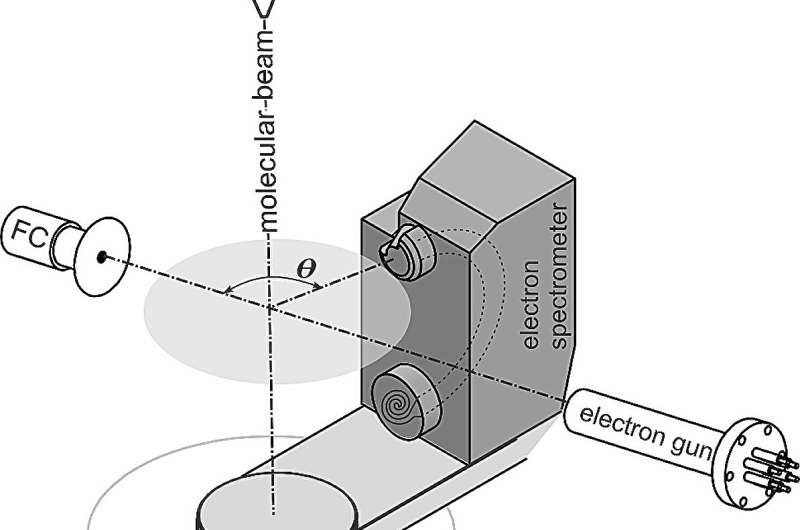This article has been reviewed according to Science X's editorial process and policies. Editors have highlighted the following attributes while ensuring the content's credibility:
fact-checked
peer-reviewed publication
trusted source
proofread
Investigating the link between N₂O ionization and ozone depletion

Man-made emissions of nitrous oxide (N₂O) are rapidly increasing globally and are predicted to pose a growing threat to Earth's ozone layer. In the 1970s, it was discovered that N₂O in the upper atmosphere can trigger ozone-depleting reactions through its interaction with low-energy electrons. However, the full impact of this process on the ozone layer remains poorly understood.
New research published in The European Physical Journal D, led by Mareike Dinger at the national metrology institute of Germany (PTB) in Braunschweig, Germany, provides extensive experimental data on the interaction between N₂O and these low-energy electrons. Their measurements could offer deeper insights into the influence of man-made N₂O emissions on the future state of Earth's ozone layer.
N₂O is chemically inert, allowing it to rise into the stratosphere without being degraded by other gases. Here, it can be ionized by low-energy electrons, which are generated from cosmic rays from space interacting with atoms and molecules in the atmosphere. This causes the gas to fragment into substances like nitric oxide (NO), which then acts as a catalyst in reactions that convert ozone into other forms of oxygen.
To investigate this process, Dinger's team studied the "electron-impact ionization cross-section" of N₂O, which measures the probability of N₂O ionization by an electron, accounting for the directions and energies of the in- and out-going electrons.
The researchers compared their measurements with theoretical calculations and previous experimental results. Through these comparisons, they created new datasets of expected values for N₂O ionization cross-sections, which could improve simulations of interactions between man-made N₂O and electrons in the upper atmosphere.
The team hopes their results will help researchers make more accurate predictions about how atmospheric ozone levels will be impacted by man-made N₂O emissions, contributing to efforts to protect Earth's ozone layer in the coming decades.
More information: M. Dinger et al, Differential elastic scattering and electron-impact ionization cross sections of nitrous oxide, The European Physical Journal D (2024). DOI: 10.1140/epjd/s10053-024-00880-0
Journal information: European Physical Journal D
Provided by SciencePOD




















